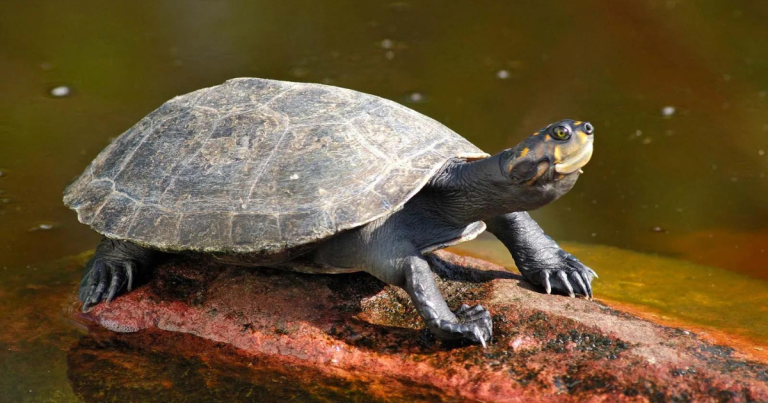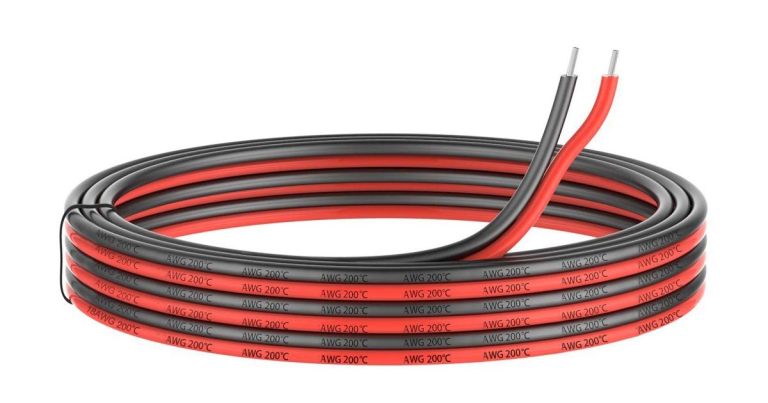In recent years, there’s been a growing awareness about the materials we use in our daily lives. One such material that’s gained attention is PEVA. But what exactly is PEVA? In this blog, we’ll explore this eco-friendly substance, its uses, benefits, and why it’s becoming a popular choice in various products.
What Is PEVA?
PEVA stands for Polyethylene Vinyl Acetate. It’s a type of polymer, which is a large molecule made up of repeating units. PEVA is a variant of polyethene, a standard plastic, and it includes vinyl acetate, which gives it some unique properties. Unlike traditional plastics, PEVA is designed to be more environmentally friendly and safer for use in various applications.
The Origins Of PEVA
PEVA was developed as a response to the growing concerns about the environmental impact of plastics. Traditional plastics, like PVC (Polyvinyl Chloride), contain chlorine, which can release harmful chemicals when disposed of. PEVA, on the other hand, is a chlorine-free alternative, making it a safer choice for both people and the environment.
How PEVA Is Made
The production of PEVA involves combining polyethene with vinyl acetate. This process creates a material that is more flexible and has a lower environmental impact compared to other plastics. The polymerisation process used to make PEVA helps to reduce the release of harmful chemicals and minimises the material’s ecological footprint.
Key Properties Of PEVA
- Eco-Friendly: One of the most significant advantages of PEVA is that it’s chlorine-free. This makes it less harmful to the environment compared to traditional plastics like PVC.
- Flexibility: PEVA is known for its flexibility, which makes it suitable for a wide range of products. It can be easily moulded into various shapes and sizes.
- Water Resistance: PEVA is water-resistant, making it ideal for products that need to withstand moisture or direct contact with water.
- Durability: Despite being flexible, PEVA is also durable. It can withstand wear and tear, which adds to its appeal for many applications.
- Non-Toxic: Unlike some plastics that can release harmful chemicals, PEVA is non-toxic, which makes it a safer choice for products used around food and in everyday items.
Common Uses
PEVA’s versatility means it’s used in a variety of products. Here are some common applications:
- Shower Curtains: One of the most common uses of PEVA is in shower curtains. Its water-resistant properties make it ideal for use in bathrooms, where it helps keep water from splashing outside the shower or tub.
- Clothing and Accessories: PEVA is used in various clothing items and accessories, such as raincoats, tote bags, and even some types of footwear. Its flexibility and water resistance make it a practical choice for these products.
- Home Décor: You might find PEVA in items like tablecloths, chair covers, and other home décor products. Its ease of cleaning and durability are significant advantages in these applications.
- Packaging: PEVA is sometimes used in packaging materials. Its non-toxic nature and flexibility make it suitable for wrapping food items and other products.
- Toys and Baby Products: Because PEVA is non-toxic, it’s often used in toys and baby products, ensuring safety for young children.
Benefits
- Environmental Impact: PEVA is a greener alternative to traditional plastics like PVC. Its production process is less harmful, and it doesn’t release chlorine or other harmful chemicals.
- Health Safety: Since PEVA is non-toxic, it’s a safer choice for products that come into direct contact with food or the skin. It reduces the risk of exposure to harmful chemicals.
- Versatility: PEVA’s flexibility and water resistance make it suitable for a wide range of uses. Whether it’s for home products, clothing, or packaging, PEVA adapts well to different needs.
- Ease of Recycling: PEVA can be recycled, although not all recycling facilities accept it. Its eco-friendly nature contributes to a more sustainable approach to material use.
How To Care For PEVA Products
Taking care of PEVA products is relatively simple:
- Cleaning: Most PEVA items, like shower curtains, can be wiped down with a damp cloth or sponge. For more stubborn stains, a mild detergent can be used.
- Avoiding Heat: PEVA can be sensitive to high temperatures, so it’s best to avoid exposing it to direct heat sources or very hot water.
- Proper Storage: Store PEVA products in a cool, dry place to maintain their flexibility and durability.
The Future Of PEVA
As more people become aware of the environmental impact of their choices, materials like PEVA are likely to see increased use. Its eco-friendly properties, combined with its versatility, make it a promising alternative to traditional plastics. Manufacturers and consumers alike are increasingly recognizing the benefits of PEVA, which could lead to even broader adoption in the future.
Conclusion
PEVA is an innovative and eco-friendly material that offers a range of benefits over traditional plastics. Its non-toxic, water-resistant, and flexible properties make it a valuable choice for various products, from shower curtains to clothing and packaging. As we continue to seek more sustainable options, PEVA stands out as a positive step towards a greener future.





